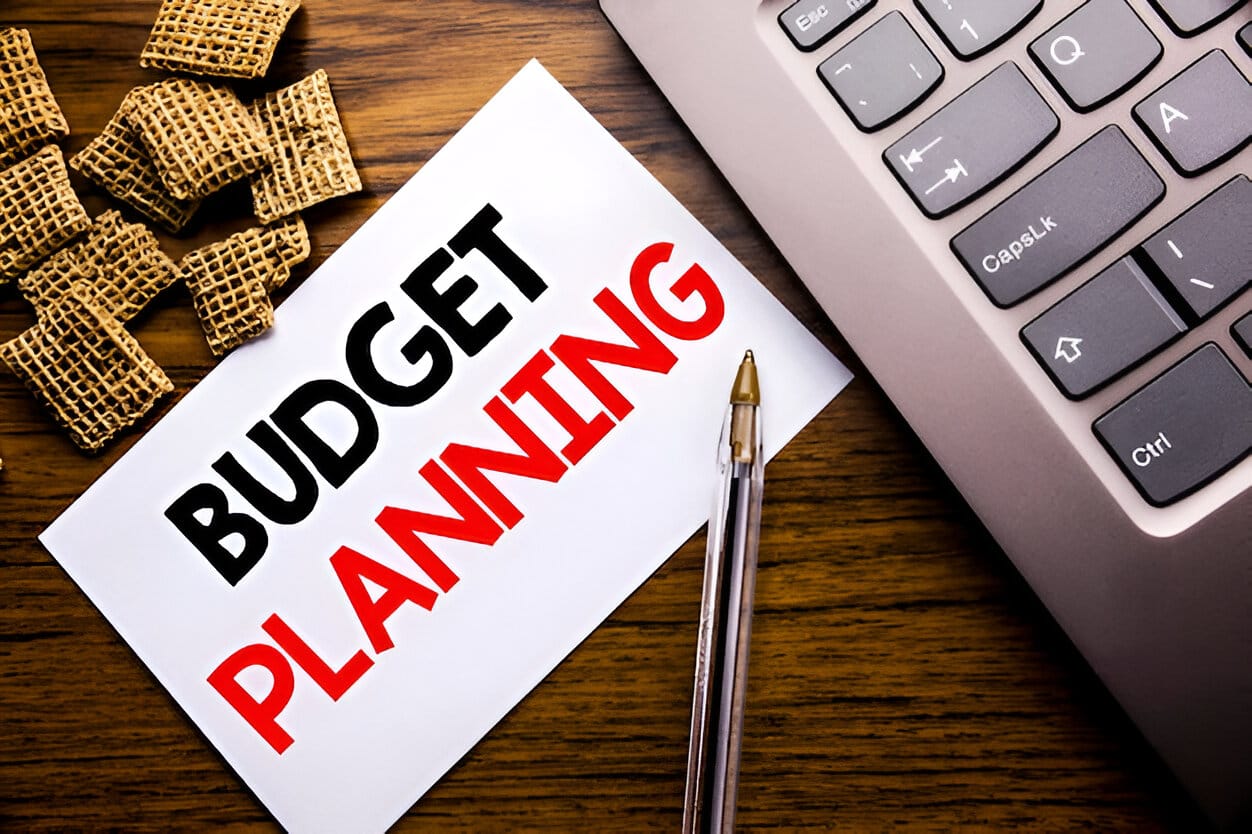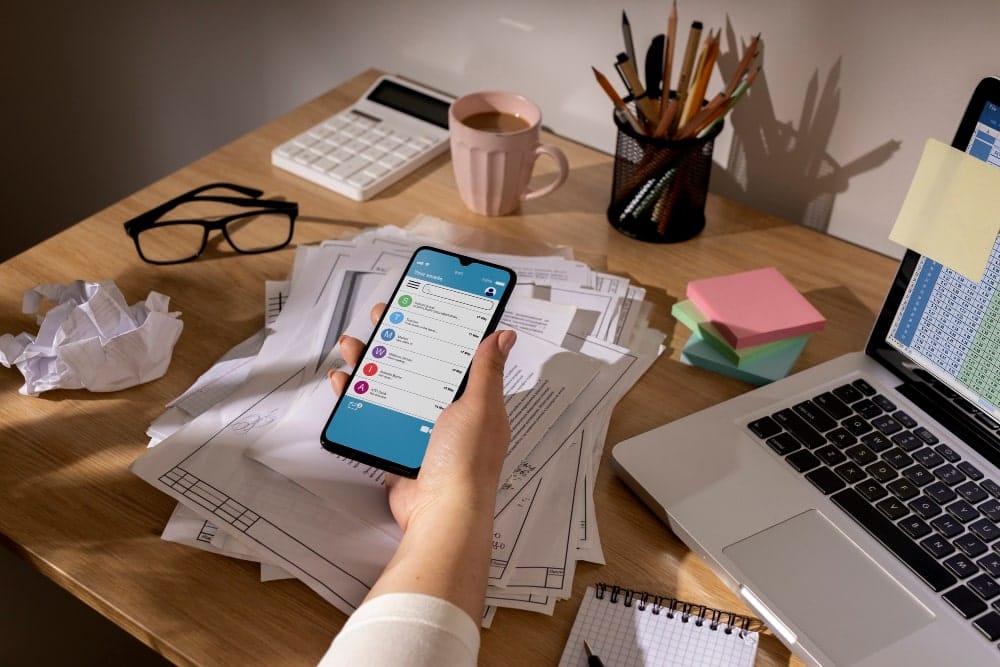
How to Track Your Monthly Expenses With Easy Steps
Are you always wondering where your money goes at the end of every month? Do you often wonder how much you spent and where it went? When it comes to managing your personal finances, tracking your monthly expenses is a crucial step.
But many people find tracking their expenses to be a daunting and time-consuming task. However, with the right approach and tools, it can be a simple and effective way to gain control over your spending habits. Today, I'll guide you through 6 easy steps for beginners to track their monthly expenses.
What are the Benefits of Tracking Monthly Expenses?

Tracking your monthly expenses provides numerous advantages that can significantly improve your financial health. Firstly, it helps you become more aware of your spending habits, allowing you to identify areas where you might be overspending. This awareness is the first step to making intentional and informed financial decisions.
Secondly, tracking your monthly expenses allows you to set and stick to a budget. By seeing where your money is going each month, you can better allocate your funds and prioritize your spending. This can help you save more money for important goals, such as retirement or a down payment on a house.
Lastly, tracking your expenses can also help you identify any potential areas of fraud or unauthorized charges. By regularly reviewing your expenses, you can catch any suspicious activity and take action to protect your finances.
Overall, tracking your expenses is an important step in improving your financial health and achieving your long-term financial goals. It may seem tedious at first, but the benefits of understanding and controlling your spending habits far outweigh any initial effort required.
So begin tracking your expenses today to gain control of your financial future.
Must Read: Why It's Important to Start Saving Early
Step 1: Set Up Your Expense Tracking System

The first step to tracking your expenses is setting up a system that works for you. This can be as simple as using a notebook or spreadsheet, or you can use various budgeting apps and tools available online. Choose a method that you feel comfortable with and one that will be easy for you to maintain in the long run.
Step 2: Gather All Your Financial Statements
Before you start tracking your expenses, it's important to gather all your financial statements from the previous month. This includes bank statements, credit card bills, receipts, and any other documents that show your spending. Having everything in one place will make it easier for you to track and categorize your expenses.
Step 3: Categorize Your Expenses
Once you have all your financial statements gathered, it's time to categorize your expenses. This step will help you understand where your money is going and identify areas where you can cut back on unnecessary spending. Some common expense categories include:
- Housing (rent or mortgage)
- Transportation (car payments, gas, insurance)
- Food (groceries, dining out)
- Utilities (electricity, water, internet)
- Entertainment (movies, concerts, subscriptions)
Accurately and thoroughly categorizing your expenses is essential. It allows you to see which categories are taking up the majority of your budget and where you may need to make adjustments.
For example, if you notice that your transportation expenses are eating up a large portion of your budget, you may want to consider downsizing your car or finding ways to save on gas. Similarly, if you notice that you are spending a significant amount of money on eating out, you can start cooking at home more often.
Step 4: Create a budget

Once you have a better understanding of your income and expenses, then it's time to create a budget. A budget is essentially a plan for how you will allocate your money each month. It helps you to stay on track that you are not overspending in any category.
I saw many people who resist creating a budget because they think it will restrict their spending. However, a budget can actually give you more control over your money and help you reach your financial goals faster.
Step 5: Record Every Expense, Every Time

To truly track your monthly expenses consistency is key. Make it a habit to record every single purchase, no matter how small. Whether it’s your morning coffee, an online subscription, or a spontaneous shopping spree, jot it down right away. Many budgeting apps make this process easy, some even allow you to snap photos of receipts or sync your bank accounts for automatic tracking.
If you’re a notebook person, keep it with you or dedicate a note on your phone. The more detailed and up-to-date your expense log is, the more accurate your overview will be at the end of the month.
Step 6: Review and Analyze Your Spending Patterns
At least once a week, set aside time to review your spending. Go through your records, notice trends, and ask yourself questions: Are you overspending in any category? Are there any expenses you forgot about or that don’t align with your priorities?
This routine helps keep your goals top of mind and makes it much easier to adjust your budget if needed. By the end of the month, take a close look at your total spending for each category. This is a great way to track your monthly expenses and understand where changes are needed.
Related Reading: Easy Ways to Create a Weekly Budget Plan
Common Mistakes to Avoid When You Track Your Monthly Expenses
- Forgetting small purchases: Those little coffees and snacks add up. Don’t overlook them.
- Not reviewing regularly: If you don’t check in with your spending, you might miss areas that need adjustment.
- Confusing wants with needs: It’s important to differentiate between what you actually need and what you want. This can help you cut unnecessary expenses.
- Ignoring credit card statements: Make sure to carefully review your credit card statements for any erroneous charges or subscriptions that you might have forgotten about.
Final Words
When you track your monthly spending with intention and consistency, you'll gain powerful insights into your money habits. With these easy steps, you can track your expenses and gain control over your finances.
When you make tracking your monthly expenses a regular practice, you'll become more aware of where your money is going and can make adjustments accordingly. This will help you reach your financial goals faster and avoid unnecessary debt.
Remember, every small step you take towards financial responsibility can make a big difference in the long run.
Frequently Asked Questions
How often should I track my expenses?
It is recommended to track your expenses at least once a month, preferably at the end of each month. This will give you a complete overview of your spending habits and help you make necessary adjustments for the following month.
Should I track all of my expenses or just major ones?
To get a more accurate picture of your spending, it would be best to track all of your expenses, big or small. Even seemingly small purchases can add up and have an impact on your overall budget.
What tools can I use to track my monthly expenses?
There are several options available for tracking your monthly expenses such as spreadsheets, mobile apps, and budgeting software. You can also choose to use a combination of these tools to find the best fit for your needs.
What steps can I take if I am consistently overspending each month?
If you find yourself consistently overspending each month, it may be time to reevaluate your budget and spending habits. One step you can take is to identify your unnecessary expenses and cut them out of your budget. This can include things like eating out, subscriptions to services you don't use, or impulse purchases.